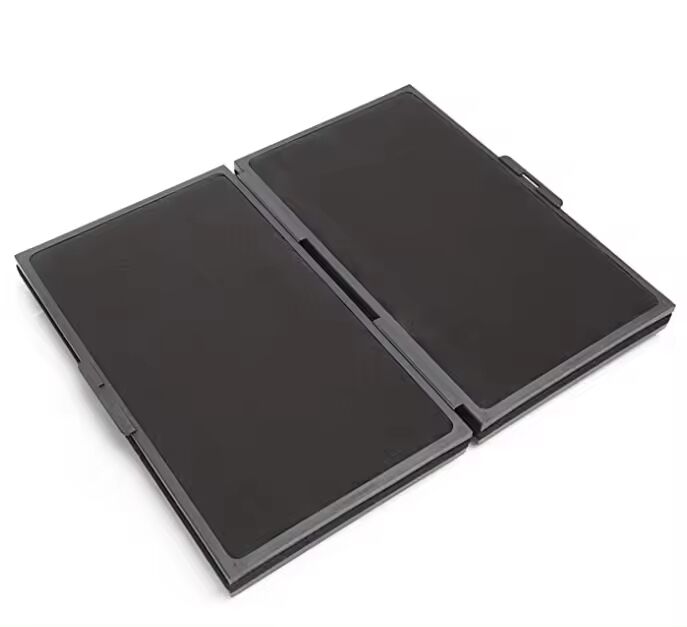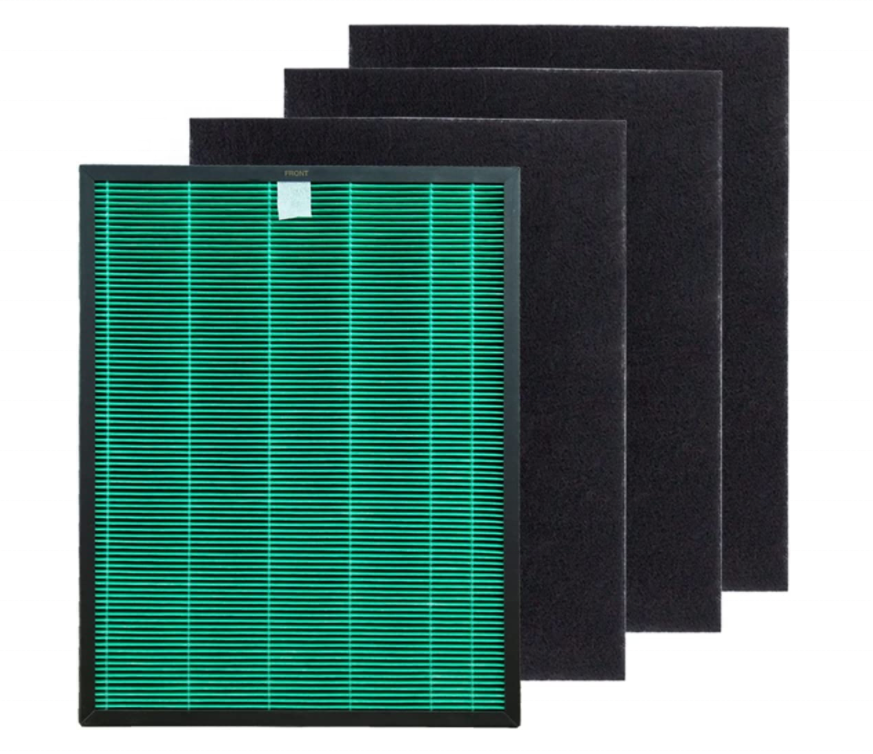Understanding Modern Air Filtration Technology
The quality of indoor air has become increasingly important in recent years, making air purifier filters essential components of a healthy home environment. As pollution levels rise and airborne contaminants become more prevalent, choosing the right air purifier filter can significantly impact your indoor air quality. This comprehensive guide will explore the crucial features that make an air purifier filter effective and worth your investment.
Essential Filter Construction Elements
Filter Material Composition
The material composition of an air purifier filter plays a vital role in its effectiveness. High-quality filters typically utilize multiple layers of specialized materials, including activated carbon, non-woven fabric, and HEPA-grade filtration media. These materials work together to capture different types of pollutants, from large dust particles to microscopic allergens.
Advanced air purifier filter designs incorporate antimicrobial treatments within the filter material, preventing the growth of bacteria and mold. This additional protection ensures that captured contaminants don't become breeding grounds for harmful microorganisms, maintaining the filter's effectiveness throughout its lifespan.
Particle Capture Efficiency
The ability to capture particles of various sizes determines an air purifier filter's overall effectiveness. Premium filters can trap particles as small as 0.3 microns with 99.97% efficiency. This level of filtration is crucial for removing common household pollutants, including pet dander, pollen, and smoke particles.
Modern air purifier filters often feature graduated filtration layers, where each layer targets specific particle sizes. This design maximizes the filter's efficiency while preventing premature clogging and maintaining consistent airflow throughout the filter's service life.

Advanced Filtration Capabilities
Chemical and Gas Filtration
Superior air purifier filters incorporate specialized materials for removing gaseous pollutants and volatile organic compounds (VOCs). Activated carbon layers, impregnated with additional compounds, can effectively neutralize household odors, cooking fumes, and harmful gases like formaldehyde.
The most advanced filters feature enhanced carbon formulations that provide longer-lasting protection against gaseous pollutants. These improvements result in better odor control and more comprehensive protection against indoor air contaminants.
Allergen and Pathogen Defense
Modern air purifier filters often include specialized layers designed specifically for capturing allergens and pathogens. These layers may feature electrostatically charged materials that attract and trap microscopic particles more effectively than traditional mechanical filtration alone.
Some advanced filters incorporate UV-resistant materials that maintain their effectiveness even when exposed to UV-C light technology, which is increasingly common in air purification systems. This compatibility ensures optimal performance in comprehensive air treatment solutions.
Practical Design Considerations
Filter Life and Replacement Indicators
An effective air purifier filter should include clear indicators of its remaining service life. Smart filters may incorporate color-changing elements or electronic sensors that monitor filter conditions and alert users when replacement is necessary.
The best filters are designed with consistent performance in mind, maintaining their efficiency throughout their rated lifespan. This reliability helps users plan maintenance schedules and ensures continuous protection against airborne contaminants.
Installation and Maintenance Features
User-friendly design features make filter replacement and maintenance simple and straightforward. Quality filters include clear markings indicating proper orientation and installation direction, preventing incorrect placement that could compromise performance.
Many modern air purifier filters feature ergonomic handles or grip points, making removal and installation easier. These thoughtful design elements ensure proper filter seating and minimize the risk of air bypass, which could reduce filtration effectiveness.
Environmental Impact and Sustainability
Eco-friendly Materials
Leading air purifier filter manufacturers now prioritize environmental sustainability in their designs. This includes using recyclable materials where possible and reducing the use of harmful plastics and adhesives.
Some innovative filters incorporate biodegradable components or materials made from renewable resources, helping minimize their environmental impact while maintaining high performance standards.
Energy Efficiency Considerations
The design of an air purifier filter can significantly impact the energy consumption of the entire purification system. Advanced filters optimize air resistance to reduce the strain on the purifier's fan motor, resulting in lower energy usage.
Efficient filter designs help maintain consistent airflow throughout the filter's life, preventing the increased energy consumption that typically occurs as filters become loaded with particles.
Frequently Asked Questions
How often should I replace my air purifier filter?
The replacement frequency depends on several factors, including air quality, usage patterns, and filter type. Generally, basic filters should be replaced every 3-6 months, while advanced HEPA filters may last 6-12 months. Always follow manufacturer recommendations and monitor filter condition indicators for optimal performance.
Can I wash and reuse my air purifier filter?
Most air purifier filters are not designed to be washed or reused. Attempting to clean disposable filters can damage the filtration media and reduce effectiveness. Some specialized filters are marketed as washable, but these must be specifically designed for this purpose and cleaned according to manufacturer instructions.
What's the difference between HEPA and non-HEPA filters?
HEPA (High-Efficiency Particulate Air) filters must meet strict standards, capturing at least 99.97% of particles 0.3 microns in size. Non-HEPA filters may use similar technology but don't meet these specific requirements. HEPA filters generally provide superior filtration for allergens and fine particles but may cost more and require more frequent replacement.

